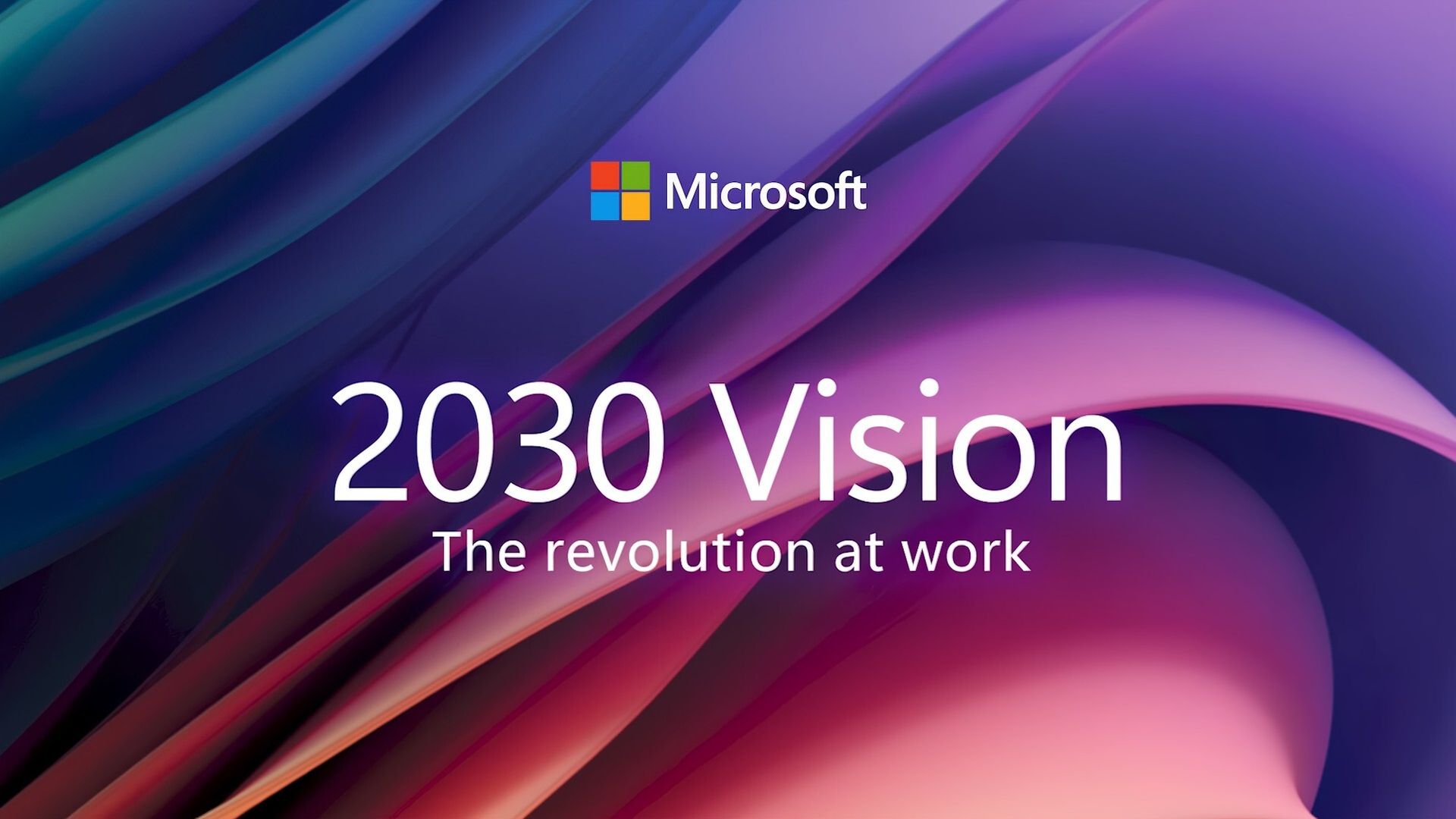This is how Microsoft dreams Windows 2030

Microsoft has released a “Windows 2030 Vision” video predicting that natural language will become the primary interaction method with its operating system by 2030, aiming to replace traditional mouse and keyboard usage. This forward-looking projection suggests a fundamental shift in human-computer interaction over the next five years.
David Weston, Microsoft’s Corporate Vice President of Enterprise & Security, provided insights for the video, which appears to be the initial installment in a series exploring the future of Windows. Weston’s first specific prediction centers on the workplace, stating that within five years, companies will be capable of employing AI agents to function as security experts. These AI entities are envisioned to integrate seamlessly into a human work environment, participating in activities such as communication on Teams and attendance at meetings. Weston explained that such agentic AI applications would assume “toil” work, thereby enabling human employees to concentrate on other responsibilities.
Weston also elaborated on the nature of future human-computer interaction, stating, “I think we will do less with our eyes and more talking to our computers.” He expressed a belief that forthcoming versions of Windows and other Microsoft operating systems will engage users in a multimodal fashion. This capability would allow the computer to perceive what the user sees and hears, facilitating more complex interactions through verbal commands. Weston characterized this approach as a more natural form of communication between users and their devices.
Microsoft has made substantial financial commitments to artificial intelligence initiatives. This includes an investment exceeding $13 billion in OpenAI, as well as a $650 million deal with Inflection AI. These investments underscore the company’s strategy to integrate an increasing number of AI features across its product portfolio. The concept of an agentic AI-driven Windows operating system, responsive to voice commands, has been presented, though its realization by 2030 remains a subject of discussion. The “Windows 2030 Vision” video has garnered more dislikes than likes, indicating public sentiment.
Earlier AI feature introductions by Microsoft, such as those related to Copilot and Copilot+ laptops, did not fully meet initial expectations. Furthermore, Microsoft has encountered situations where highly promoted AI features received significant negative feedback, necessitating their withdrawal or modification. A notable instance of this dynamic is the ongoing “Recall” feature, which involved screenshot capture capabilities. The assertion that mouse and keyboard inputs will become comparable to using DOS for Gen Z by 2030 is viewed as improbable within a five-year timeframe.
